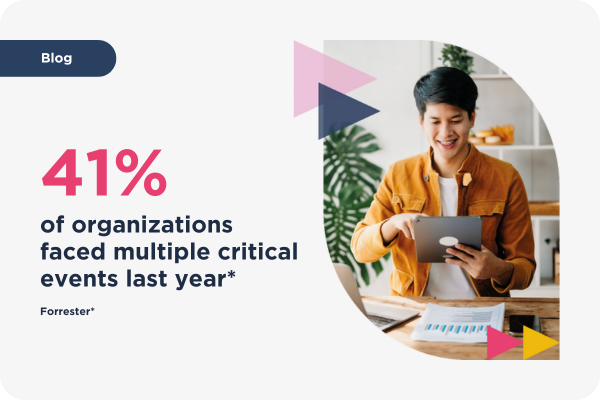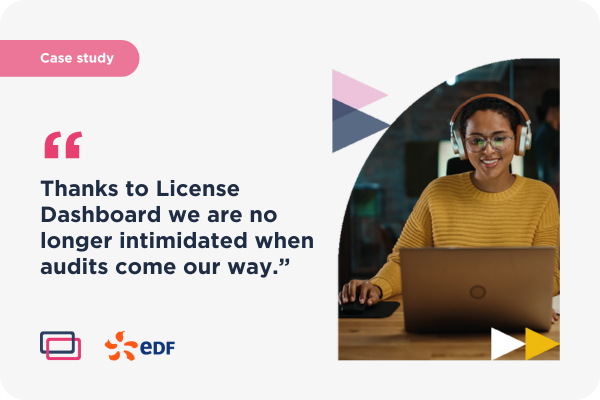Everything you need to know about application migration
27th September 2024
Kelsey Smith
Blog,
With more organisations moving to the cloud to boost scalability, reduce costs, and improve efficiency, it’s essential to understand application migration.

Application migration is the process of moving software from on-premises infrastructure to a cloud environment. The approach you take depends on your goals, available resources, and the complexity of the app. Some organisations simply move their apps as they are, while others make changes to better suit their new cloud environment.
Lots of different types of applications can be migrated to the cloud. Commonly migrated workloads include Windows Server, SQL Server, and virtual desktops.
The five main approaches to application migration include rehosting, refactoring, rearchitecting, rebuilding, and replacing. Each approach comes with its own set of benefits and challenges.
Types of application migration strategy
Rehosting (lift and shift)
This is one of the more straightforward approaches to application migration, involving moving the app as it is to the cloud, without making any major changes.
- Pros: it’s quick and usually less costly upfront
- Cons: you might miss out on some of the full benefits of the cloud, like enhanced scalability or cost optimisation
Refactoring
This involves making small adjustments to the app to take better advantage of cloud features once you move over.
- Pros: it helps boost performance and scalability
- Cons: it’s more work than rehosting but still manageable
Rearchitecting
Here, you fully redesign the app’s architecture to make it cloud-ready.
- Pros: you’ll see major improvements in scalability, performance, and resilience
- Cons: it’s more complex, takes more time, and can be more expensive
Replacing
You swap your on-premises app with a cloud-based SaaS solution.
Pros: it’s easy to manage, with lower infrastructure costs
Cons: you may run into challenges like data migration and retraining your team
The approach you take depends on your current cloud environment, your capabilities, and where you want to end up. Multiple factors go into choosing and executing an approach, so collaboration between internal teams and external cloud specialists is key for a successful migration.
Why move to the cloud?
We know that moving to the cloud has a lot of benefits. Instead of having to maintain on-premises servers and hardware upgrades, all of your data and applications are hosted online, which not only cuts down on costs but also frees up your team to focus on more important tasks. Plus, the cloud is fully scalable, so when your organisation grows or experiences a surge in demand, you can quickly scale up, and when things quiet down, you scale back without wasting resources.
Security is another big win; cloud providers often have more robust protections in place than most companies could manage on their own, with automatic updates keeping everything secure.
IT and SAM news delivered straight to you
Application migration checklist
You’ve made a big decision – you’re ready to move to the cloud. But while deciding to make the switch is a huge step, many organisations find it challenging to figure out the best way to get from where they are now to where they want to be, especially when it comes to application migration.
As well as collaborating with cloud specialists, use the following checklist to ensure a smooth application migration process:
Assessment:
- Have you identified all applications and their dependencies? Understand your apps to ensure nothing is overlooked
- Have you evaluated current performance and usage? Know current usage so you can prepare for the future and ensure correct provisioning
Strategy:
- Have you selected the most suitable migration strategy (e.g., Rehost, Replatform, Refactor, etc)? Make sure your strategy aligns with business goals
Planning and tools:
- Do you have a detailed migration plan with milestones?
- Have you planned for downtime, security, and disaster recovery? Make sure to reduce business disruption during the migration
- Are the right tools in place to execute and monitor the migration? Research and decide on tools to use based on your organisation and what you’re looking for through the migration
Testing:
- Have you conducted pilot migrations to identify issues?
Post-migration:
- Are you optimizing for cloud resources and cost?
- Is your team trained in cloud management and monitoring?
Facing application migration challenges
- Data security and compliance: ensure security policies are in place throughout the migration process to protect sensitive information
- Downtime: planning your migration in phases can help minimise downtime, keeping your business running smoothly
- Managing costs: keep an eye on your budget by using cloud cost management tools and best practices
Talk to us about application migration
Are you ready to begin your migration? Talk to us about application migration for SQL Server, Windows Server, and virtual desktops.
Get in touch
















